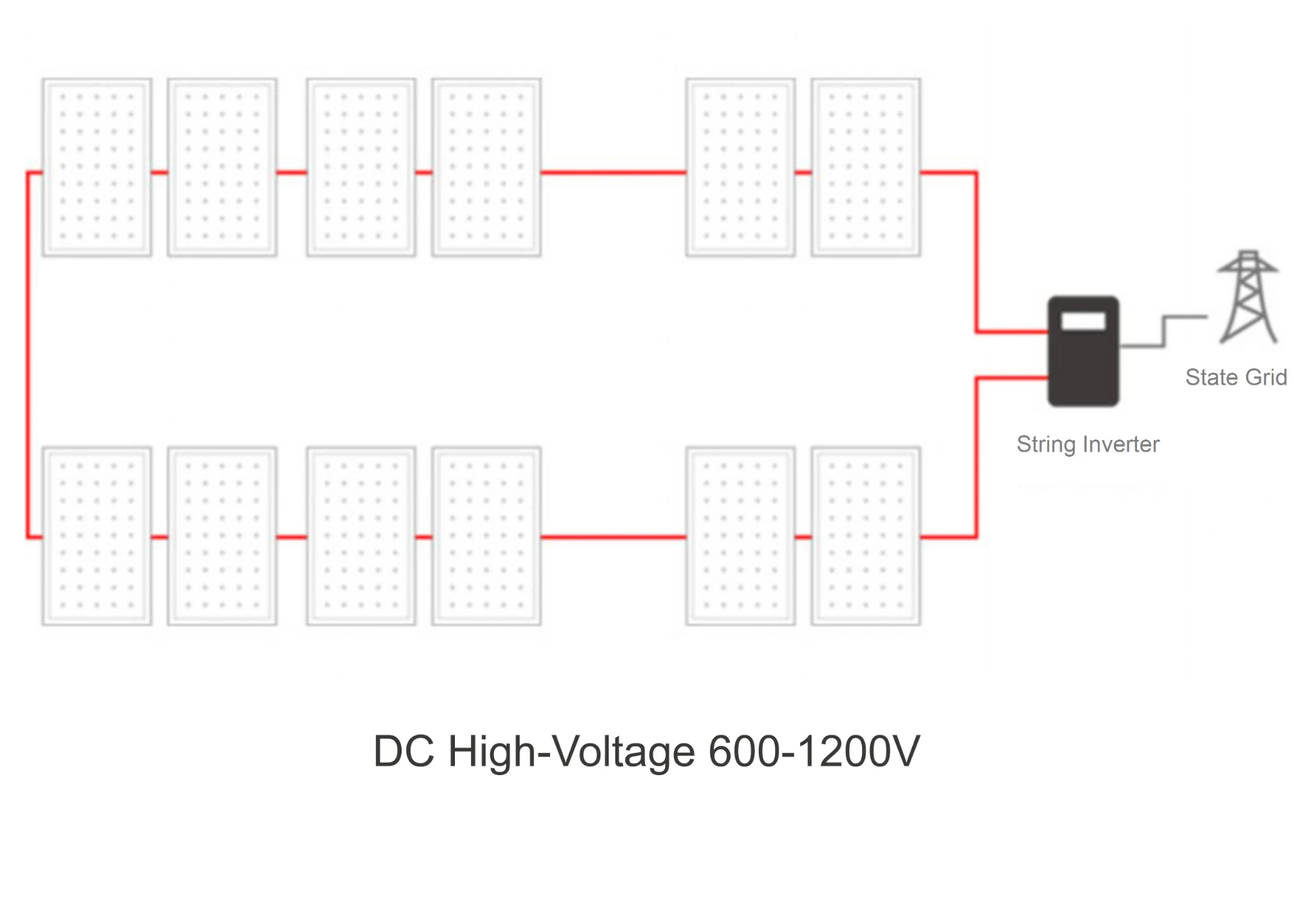bifacial vs monofacial solar panel
Bifacial vs. Monofacial Solar Panels Exploring the Differences and Benefits
In the realm of solar technology, the quest for more efficient renewable energy solutions has led to the development of various types of solar panels. Among these, bifacial and monofacial solar panels have emerged as the two predominant technologies. Understanding the differences between these two panel types is essential for both consumers and investors looking to harness solar energy effectively. This article explores the key distinctions, advantages, and potential applications of bifacial and monofacial solar panels.
Monofacial Solar Panels
Monofacial solar panels are the traditional type of solar cells that have been widely used since the inception of solar technology. These panels are designed with photovoltaic cells on one side, which is the side that receives sunlight. Monofacial panels typically have a solid construction and are mounted at an angle to maximize sunlight exposure. They are quite popular due to their reliability, established manufacturing processes, and familiarity among installers.
One key advantage of monofacial solar panels is their lower initial cost. The manufacturing process is well-established, which contributes to economies of scale. Additionally, the integration of monofacial panels with existing rooftop systems often makes them a more convenient choice for homeowners and businesses alike. Their simplicity and efficiency have made them a standard choice in many residential and commercial solar installations.
Bifacial Solar Panels
Bifacial solar panels are a relatively newer technology that offers distinct advantages over their monofacial counterparts. Unlike monofacial panels, bifacial units have photovoltaic cells on both the front and rear sides. This unique design allows them to capture sunlight from both directions, making them more efficient in various environmental conditions. Bifacial panels can harness reflected sunlight from the ground, which can significantly boost energy generation, especially in installations where the ground surface reflects light well, such as in snowy or sandy areas.
One of the standout benefits of bifacial solar panels is their higher energy yield. Studies have shown that bifacial panels can generate up to 30% more energy compared to monofacial panels under optimal conditions. This increased efficiency can contribute to a faster return on investment, which is a crucial factor for many buyers and investors in solar technology.
bifacial vs monofacial solar panel

Comparative Analysis
When comparing bifacial and monofacial solar panels, several factors come into play, including energy output, cost, installation, and longevity. The initial cost of bifacial panels tends to be higher due to advanced technology and manufacturing processes. However, the potential for greater energy output can offset these upfront costs over time.
Durability is another critical consideration. Bifacial panels are typically constructed with robust materials, often featuring glass on both sides. This dual-layer design can enhance durability and resistance to environmental factors, such as hail or wind. Moreover, bifacial panels generally come with longer warranties, reflecting the manufacturers' confidence in their longevity.
The installation process for bifacial panels can differ as well. To maximize their performance, bifacial panels should be installed in locations where they can take advantage of reflected sunlight. This means that careful site selection and potentially adjusting the mounting structure are necessary for optimal performance. In contrast, monofacial panels allow for easier installation since they do not require additional site considerations.
Conclusion
In conclusion, both bifacial and monofacial solar panels have their unique advantages and applications. Monofacial panels offer a cost-effective and straightforward solution that has dominated the market for years. In contrast, bifacial panels present an innovative approach to solar technology, boasting higher energy yields and increased durability.
As advancements in solar technology continue, the choice between bifacial and monofacial panels will depend on individual needs, installation conditions, and long-term energy generation goals. For those looking to maximize efficiency and enhance their renewable energy portfolio, bifacial panels present an exciting option. Ultimately, understanding the characteristics of each type of panel is crucial for making informed decisions in the ever-evolving landscape of solar energy.
-
Unlocking Energy Freedom with the Off Grid Solar InverterNewsJun.06,2025
-
Unlock More Solar Power with a High-Efficiency Bifacial Solar PanelNewsJun.06,2025
-
Power Your Future with High-Efficiency Monocrystalline Solar PanelsNewsJun.06,2025
-
Next-Gen Solar Power Starts with Micro Solar InvertersNewsJun.06,2025
-
Harnessing Peak Efficiency with the On Grid Solar InverterNewsJun.06,2025
-
Discover Unmatched Efficiency with the Latest String Solar InverterNewsJun.06,2025







